Four-wheeled vehicles with integrated action cameras may be remote-controlled and could provide an alternative to drones and hand-held cams.
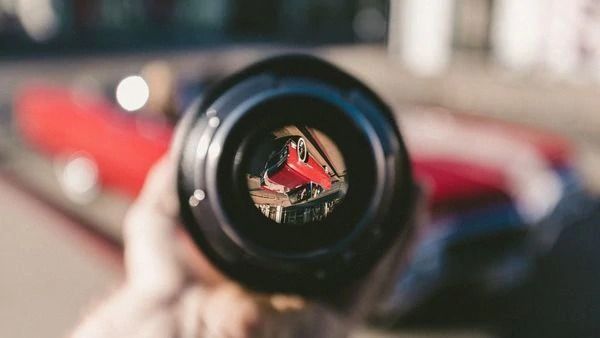

What if astronauts could take a spacecraft to Mars or some other alien planet and, without ever flying through a toxic atmosphere or landing on an inhospitable surface, control drones and rovers to unearth things that would be otherwise impossible to get up close to?
This is the thinking behind the Ntention smart glove. Ntention is an ambitious futuretech startup that was the brainchild of Norwegian University of Science and Technology (NTNU) students who wanted to push the limits of space exploration. They designed this glove, equipped with sensors, as a human-machine interface that lets you mind-control a robot with hand gestures. Now NASA’s Haughton Mars project (HMP) has field tested the glove and found it to be many levels of awesome.
12th grader, Zechen Wei broke the Guinness World Record for the fastest quadcopter to ascend to 100 meters or about 300 feet with a record time of 2.732 seconds. Wei is a senior at Princeton International School of Mathematics who has always had a passion for drones.
This is what 500 Intel drones look like in a tribute to women in tech at the Intersect Festival. A collaboration with Kacey Musgraves and a female-led drone team at Intel to use the power of music and tech to create this dazzling moment & donate $50k to Girls in Tech from Amazon Web Services to empower our sisters in tech.
Drone Light Show by Intel
Produced by Production Club
Directed by Eva Dubuvoy of Verluxe
Aerial Footage by LA Drones
Music “Oh, What a World” by Kacey Musgraves.
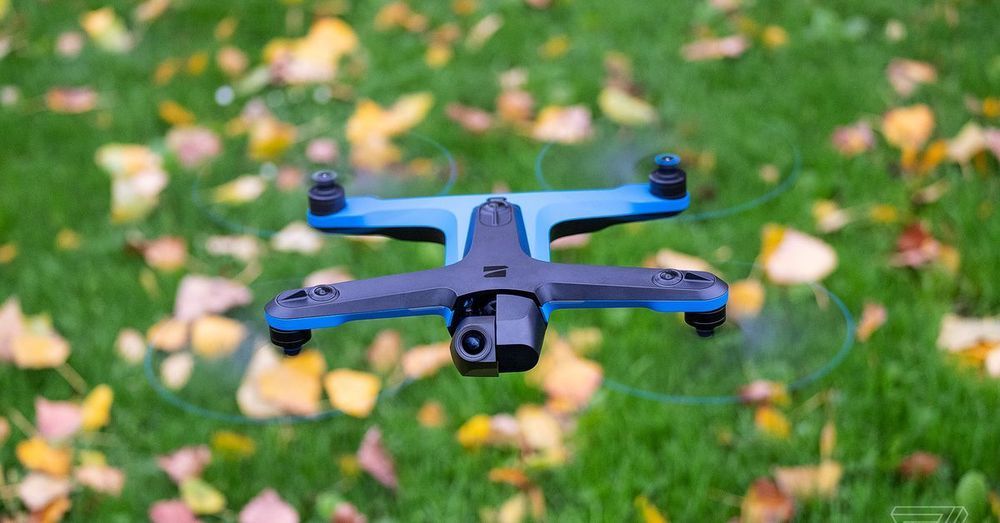
For $999, the Skydio 2 does something no other drone can do — intelligently follow you while dodging obstacles instead of crashing to its doom. It’s affordable compared to the $2,500 prototype the startup introduced last year, plus it’s smaller and lighter, with longer battery life and a far better camera, too.
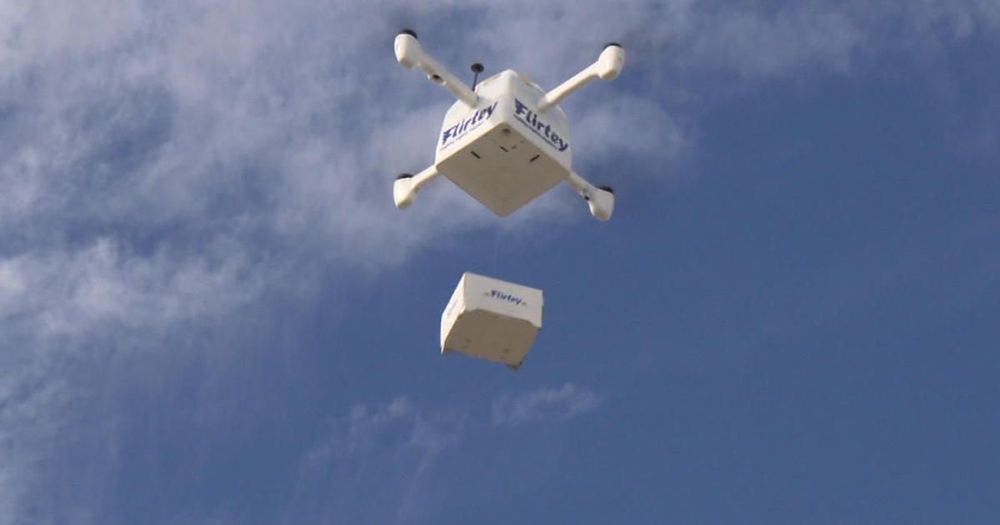
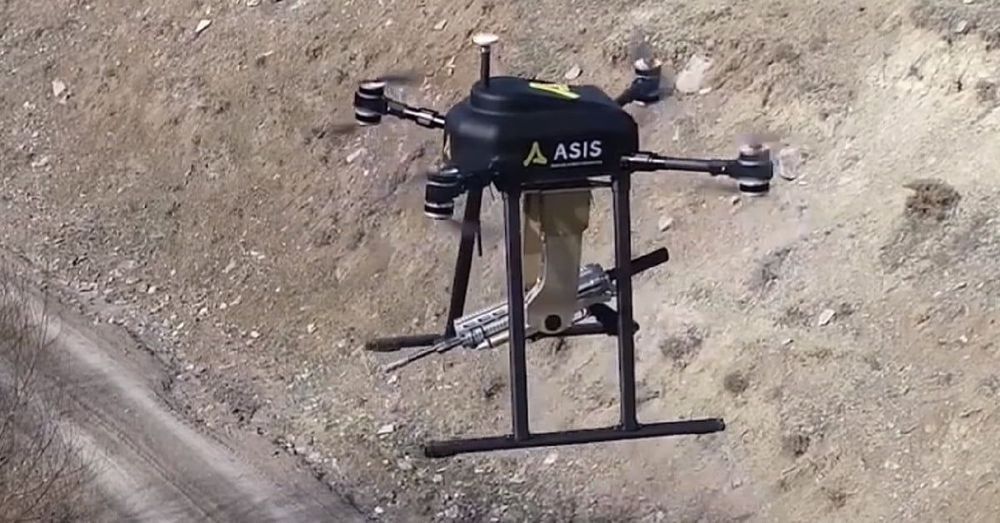

SpaceX’s drone ship Just Read the Instructions (JRTI) has arrived in Port Canaveral, Fla. after undergoing refurbishment in Louisiana. The droneship joins Of Course I Still Love You (OCISLY) at the port, bringing SpaceX’s tally of east coast-based droneships to two. The additional droneship will help SpaceX’s execute its busy 2020 manifest.
The astronauts who will one day explore Mars may be able to use a smart glove integrated into their space suits to control drones, using a simple hand gesture or finger movement. NASA and the SETI Institute have improved on a connected object created by a Norwegian start-up by the name of Ntention in order to integrate it into the thick and rigid suits worn by space explorers.
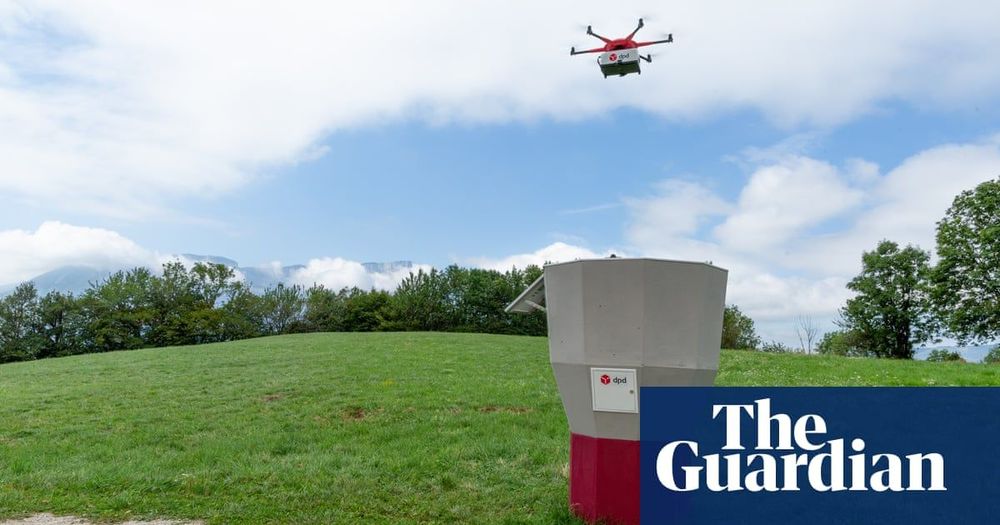
France’s postal service has begun using drones to make parcel deliveries to a remote Alpine village.
La Poste’s subsidiary, DPD, says flying packages by remote control is more reliable, quicker and safer than driving a van up narrow mountain roads in winter when they are often icy or blocked by snow.
The delivery by drone, which flies at around 30km/h, takes eight minutes for a round trip, compared with 30 minutes for a vehicle.